When the outcome matters, you can’t leave it to chance.
We keep your goal front and center until it’s delivered.
Why This Matters
What you’re building carries real stakes. Every decision has to advance the outcome you’ve committed to.
High-consequence pursuit strains the system in four places: intent (what you want), mandate (what's committed to), signal (what's promised externally), and execution (what actually gets done). Without deliberate calibration, small gaps quietly widen until performance or delivery slips.
Progress rarely stalls due to incompetence; it stalls because of attachment to sunk costs and habits that no longer advance the result. Disciplined calibration exposes paths that no longer serve the outcome.
This isn’t about fixing problems. It’s about the discipline to keep a stated outcome and date intact, and adjusting the path as needed to ensure the win.
Whether you’re leading a team, expanding operations, or steering a high-stakes season, what you’ve committed to still has to hold when pressure, volume, or timing change.
This work keeps the commitment and the course aligned.
What I Do
Your result stays central; every decision, trade-off, and resource choice is kept in service of it.
I work with decision owners and teams pursuing outcomes where the result, the window, and the standard all matter.
- Define success precisely. Make the target operable by clearly defining what success looks like and the non-negotiables that define it.
- Expose and address the dependencies. Surface the resource, timing, and coordination gaps that could break continuity, then close them.
- Set a working cadence. Test whether current decisions and effort still advance the outcome, then recalibrate when they don’t.
This applies in any competitive arena where the outcome is predetermined and the window is open, whether in business, sports, or public service. It gives you the advantage—the ability to adjust faster while staying true to your goal.
Who This Is For
This work is for decision owners: individuals accountable for results that can’t be left to chance.
If you lead a business, a team, or a season where results are visible, timing is fixed, and standards must hold under pressure, this is built for you.
Let's strengthen your position to deliver it by ensuring all contributing factors—people, systems, and decisions—stay aligned to the outcome as conditions change.
This is not for exploratory projects, open-ended coaching, or group sessions without authority to act.
Where This Shows Up
You'll recognize the need in moments like these.
Acquisitions and transitions — Day-one continuity of service, license or credential coverage, and handoffs that hold while ownership or leadership changes.
Expansion without erosion — A new location, market, or unit meets your standard on day one; scale without diluting what made it work.
Performance in live conditions — Outcomes are public and time-bound; execution must match the promise in real time.
Customer or stakeholder promises — External commitments hold as demand, visibility, or scrutiny surges.
Shift in conditions — When momentum slows or variables change, leadership must decide whether to stay the course or redirect.
These moments demand more than effort; they demand a system that holds when everything else moves.
When to Engage
The right time to engage is before misalignment becomes visible.
When scale, speed, or visibility raise the stakes, discipline, not effort, becomes the advantage.
Acquisition or transition approaching — Align decision rights, license or credential continuity, and day-one standards before you close or announce.
Growth outpacing your line of sight — Operations multiply faster than oversight; ensure every handoff or decision still serves the outcome.
Leadership or structural change — A new coach, manager, or unit lead steps in; ensure continuity of standard while authority resets.
Momentum without traction — Output is high, but progress feels circular; confirm the path still serves the outcome.
High-visibility deliverable ahead — A launch, season, or audit where your work will be measured live; alignment must hold under scrutiny.
These windows reward precision—not recovery.
How Alignment Holds
The disciplines that keep outcomes intact when conditions move:

- Mandate and Standard stay fixed. The mandate defines the outcome; the standard defines the non-negotiable rules of excellence.
- Path and effort stay aligned to the outcome. Resources and time move only where they advance the goal.
- Recalibration is built in. At set intervals, commitments, trajectory, and trade-offs are tested against the mandate and standard.
- Timeframe stays locked. All progress and adjustments occur within the defined window.
Forging the Discipline
This practice was built in live environments where outcomes and standards could not be compromised.
In childcare operations, I learned what it takes to keep every site compliant and every ratio steady as regulations shifted and volume increased.
In service coordination, I scaled from zero to full capacity within a year, without lowering standards, by defining non-negotiables early and building systems that could hold under pressure.
Across industries, I’ve seen the same discipline repeat: when intent, mandate, signal, and execution stay aligned, results follow—measurably and consistently.
That’s the discipline I carry forward now: making high-consequence outcomes hold under real conditions.
Founder’s Note
Operator to operator: I built this discipline by stepping into roles without a playbook and wishing I had a peer who could see the angles I couldn’t. Someone capable of pressure-testing decisions against what I said I was trying to achieve.
Across roles, I kept finding the same thing: we were solving problems, but not always the right ones. The goal existed, but it wasn’t explicit. Each person created their own version of what success meant, sometimes built on standards that didn’t reflect our reality. The result was predictable: timelines stretched, progress stalled, and good people burned out.
When a leader names a clear outcome and brings their key operators into that conversation early, everything changes. Priorities sharpen. Standards become explicit. Execution gets cleaner because the people closest to the work understand both the intent and their ownership of it.
That’s why I do this work. I work with leaders who have an outcome that matters and the authority to pursue it. They know the commitment will require making tough choices about time, people, money, and standards. They want a disciplined way to keep decisions, resources, and handoffs aligned as conditions move.
That’s the work. I hold the line on what you said must be real, and keep the work honest to that commitment until the outcome is delivered.
— Osaru Anyumba
Next Step
If the outcome you’re pursuing matters, let’s start a conversation.
The inquiry form lets me know who you are so we can schedule a call.
Once submitted, you’ll receive a link to book a time to talk through what you’re pursuing, what’s at stake, and why it matters.

